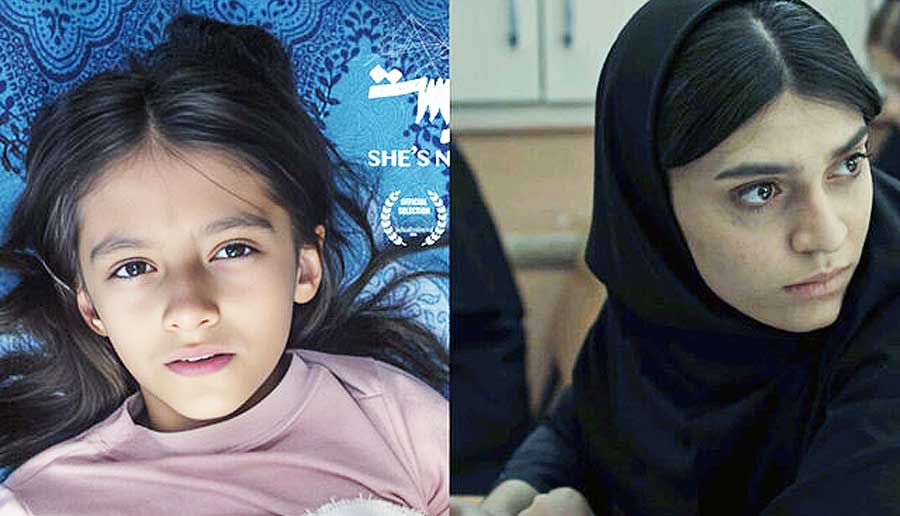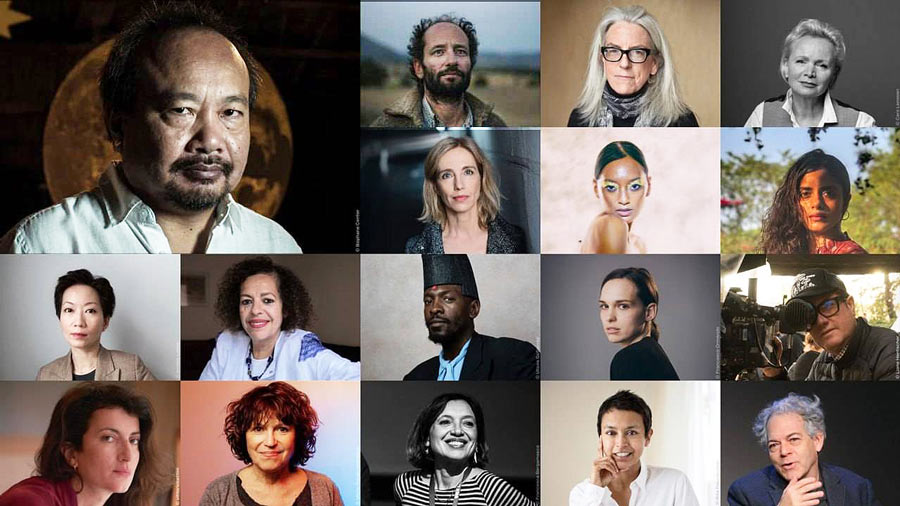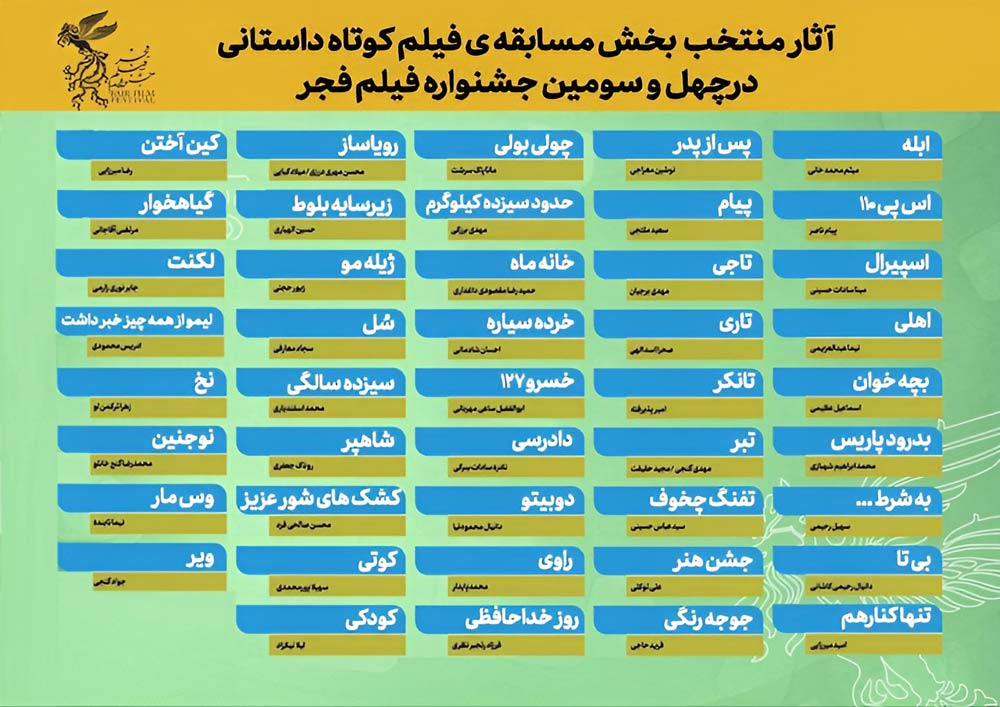
Seifollah Samadian, Saying that what is missing in our society these days is our identity, said: Photographers and documentary filmmakers are eyewitnesses of this era, and if they become one with any subject and combine hunt and hunter, they can create right result.
According to Artmag.ir, quoted by ISNA, photographer and documentary filmmaker Seifollah Samadian held a workshop titled “Photography as Raw Material in Cinema” at this year’s Cinema Verite Festival. First of all, about his motivation for holding this workshop, which was proposed in recent years but was not accepted, he said: “I have always loved Cinema Verite and documentary cinema, and we will screen selected films at Image Film Festival, but I came because I think that with all bitterness we have seen in this era and time, a cultural hope has been created that should not be taken for granted.”
He explained the title of his workshop, noting that it might be a bit “deceptive,” saying: “We are not going to discuss how to use raw photos in a documentary. “Photography as raw material in cinema” means that we first see the world as a photo and in form of a photo, and then transform it into a film. In magazine “Tassvir” instead of “In beginning was word,” I wrote, “In beginning was photo”; just as we have no connection with primitive man who did not yet understand writing and language, except for photos and mental images. Primitive man painted in caves to depict his feelings and visions.
Samadian continued: “In order to be cinema, cinema must be inspired by its father, who is a photographer. The evolution of cinema is from photography. Someone who is not a good photographer should not make a film because cinema is a combination of photos, paintings, poetry, and literature. Of course, basis of image and its impact must be understood, while many people look and only a few “see.” We must learn to see instead of looking and not get caught up in routine of looking.
He continued: In photography, we strive to reach a “definitive moment,” which is moment of all visual arts. A photograph becomes permanent when it reaches a definitive moment or is produced at a definitive moment.
In describing this moment, Seifollah Samadian said: In general, brain in humans represents thinking and heart forms our emotional region. The eye also represents composition, shape, and image, and transmission of what is seen, and whenever eye, brain, and heart understand a common feeling together in a moment, and in simpler and more popular terms, all three are present together in a moment, that moment is the “definitive moment.”
He continued by asking attendees why they attended workshop, and started chatting with them, noting that everyone changes their face color and shape with various masks throughout their day.
He said that “the rule of money in the world has caused money to control humanity and everyone to distance themselves from their original identity,” and added: “What is missing now is our true self, our true self, and in fact, our identity. It is a tragedy that we live in a society where everyone plays a role in a movie.”
Showing a few seemingly simple photos, such as light passing through seams of a window shutter on plant leaves in a pot, Samadian said: “We, photographers and documentarians, are eyewitnesses of this time. If you become one with subject, understand its feeling, and have hunt and hunter together, you can draw right conclusion from photography, which is main and initial point of film. Of course, while we are objective witnesses, we should also pay attention to this point so that we do not get politicized, because politicization is especially common in our culture today.
In explaining this point, he showed a photo of two women walking towards each other on sidewalk. In this photo, in addition to colorful and attractive designs on sidewalk wall, one of women was wearing a veil and other was more casual, he created an eye-catching and captivating image.
Samadian, who has a collection of diverse photos of many cultural and artistic figures, showed a few photos of Ahmad Shamloo and said: “Sometimes I would go to his house to take pictures of him, but after he lost his leg due to complications from diabetes, I made a conscious and emotional mistake and stopped being a photographer by his side.”
Samadian added: “This was not professionally correct, but I didn’t want him to be moved because of my photo, but I have photos of him that, with slightest hint of a hand and a cigarette between his fingers, bring to mind Ahmad Shamloo.” The workshop concluded with screening of several short films by Samadian, one of which was a rainy day shot by Masoud Kimiai and Abbas Kiarostami, when “Abbas Agha” was behind camera lens recording a frame of a soldiers’ parade for credits of film “Friday Soldiers.”












